Optimal Timing for Concrete Installations
Concrete installations are most effectively completed during specific seasons when weather conditions favor proper curing and strength development. Temperature, humidity, and precipitation levels significantly influence the quality and durability of concrete projects. Understanding optimal timing ensures long-lasting results and minimizes the risk of cracks or other issues.
Spring offers moderate temperatures and lower humidity, ideal for concrete curing. Scheduling in spring can prevent delays caused by winter weather.
While summer provides warm weather, high temperatures can cause rapid drying, leading to cracking. Proper planning and hydration are essential.
Fall provides cooler temperatures and less rain, making it suitable for concrete work before winter sets in.
Cold temperatures slow down curing and can cause freezing issues, making winter generally unsuitable for concrete installations without special measures.
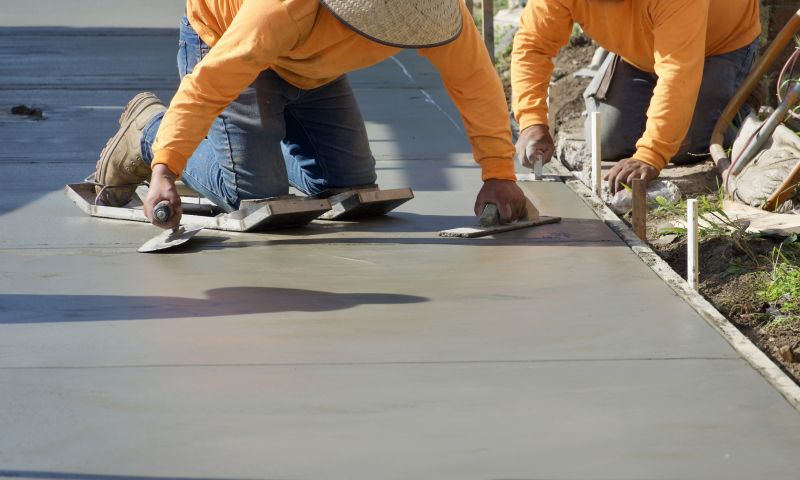
Ways to make Concrete Installations work in tight or awkward layouts.
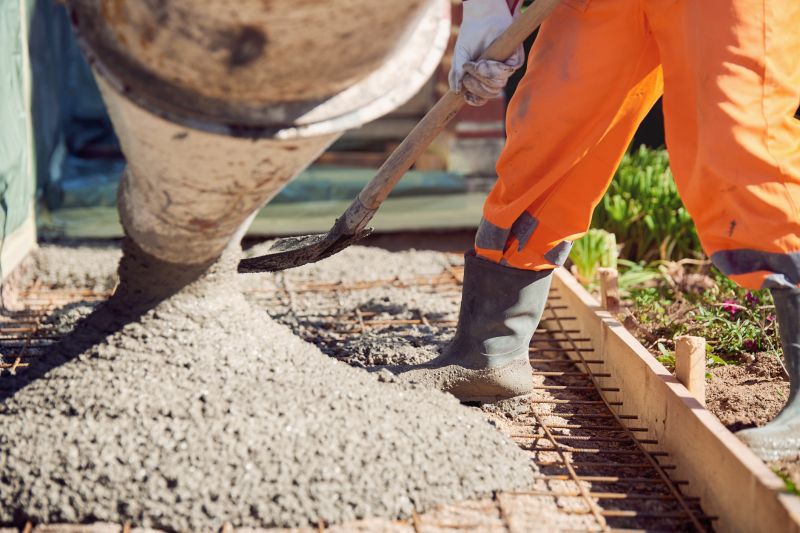
Popular materials for Concrete Installations and why they hold up over time.
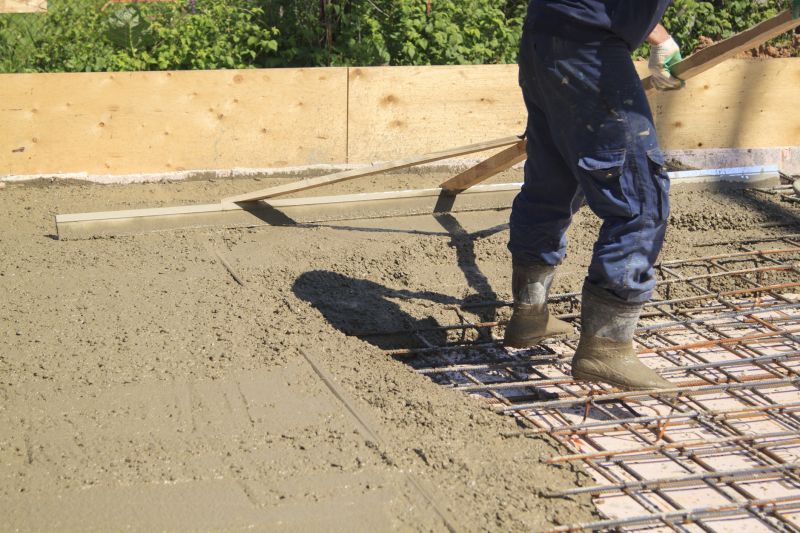
Simple add-ons that improve Concrete Installations without blowing the budget.

High-end options that actually feel worth it for Concrete Installations.
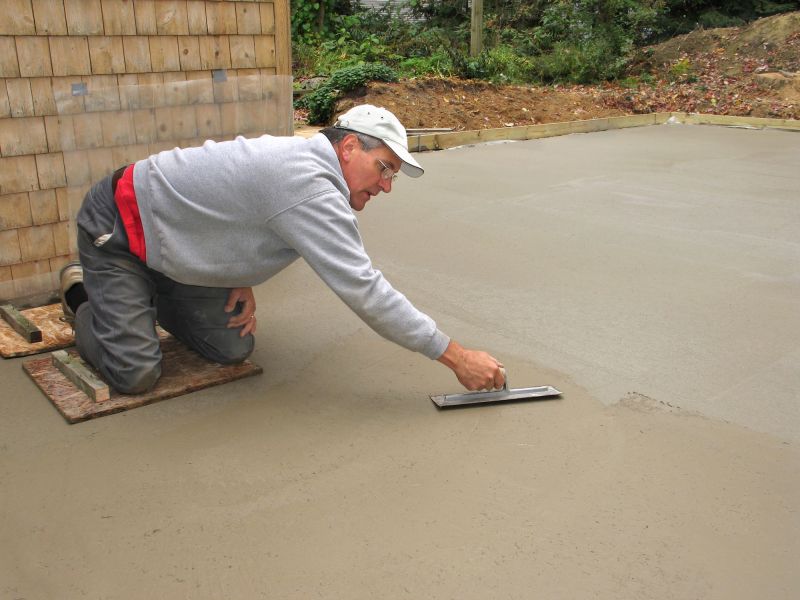
Finishes and colors that play nicely with Concrete Installations.
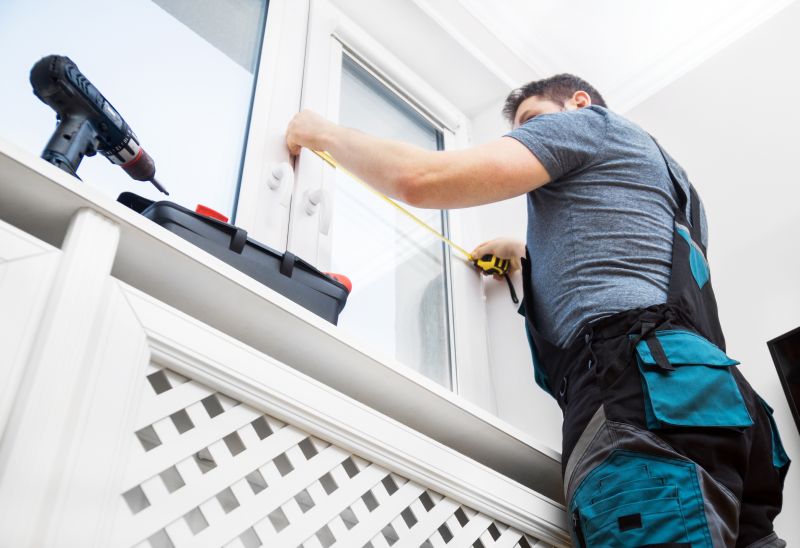
Little measurements that prevent headaches on Concrete Installations day.
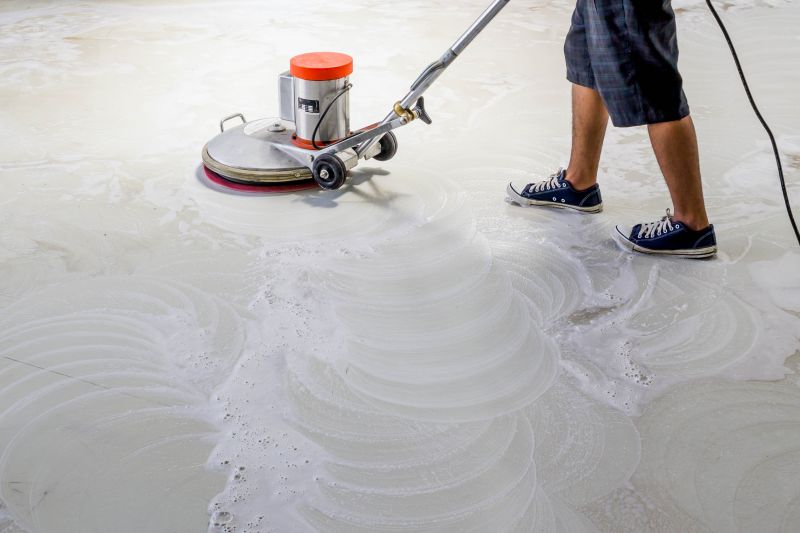
A 60-second routine that keeps Concrete Installations looking new.
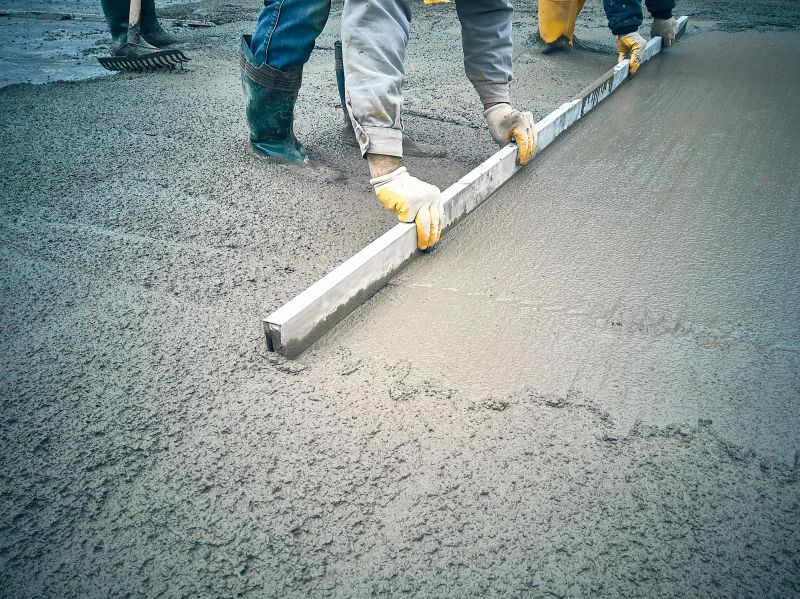
A frequent mistake in Concrete Installations and how to dodge it.
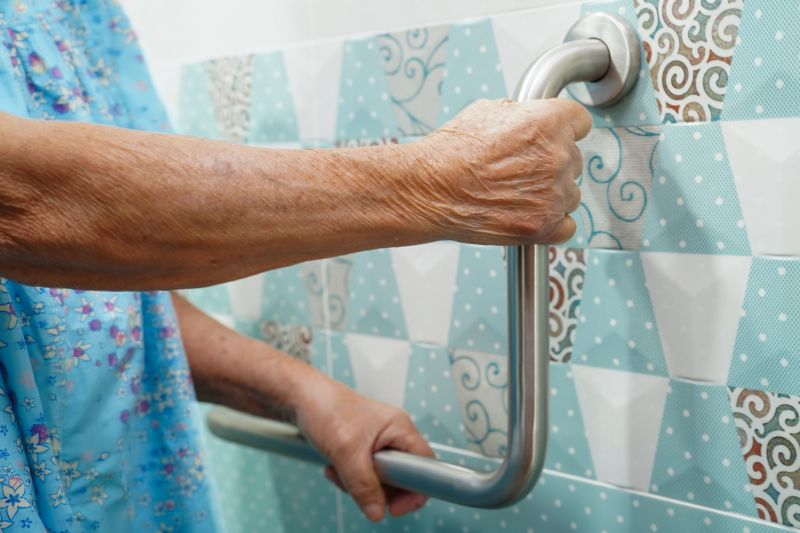
Small tweaks to make Concrete Installations safer and easier to use.
| Season | Recommended Conditions |
|---|---|
| Spring | Moderate temperatures, low precipitation, ideal for curing. |
| Summer | Warm temperatures, requires hydration and shade to prevent cracking. |
| Fall | Cooler temperatures, less rain, suitable for late-season projects. |
| Winter | Cold and freezing temperatures, generally unsuitable without special measures. |
| Optimal Range | Between 50°F and 85°F, low wind, low humidity. |
Concrete installations require careful planning to align with weather conditions that support proper curing and strength development. Proper timing reduces the risk of cracking, scaling, and other issues that can compromise the longevity of the structure. Seasonal considerations are essential for achieving durable and high-quality concrete surfaces.
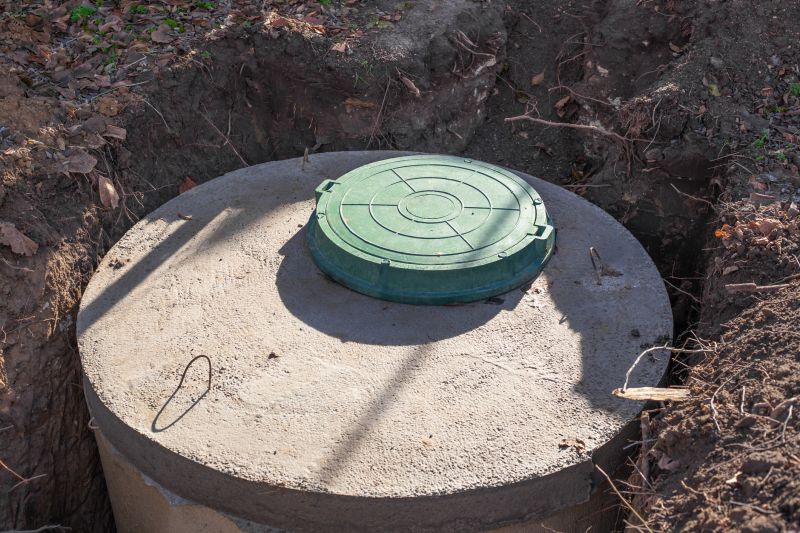
Lower-waste or water-saving choices for Concrete Installations.
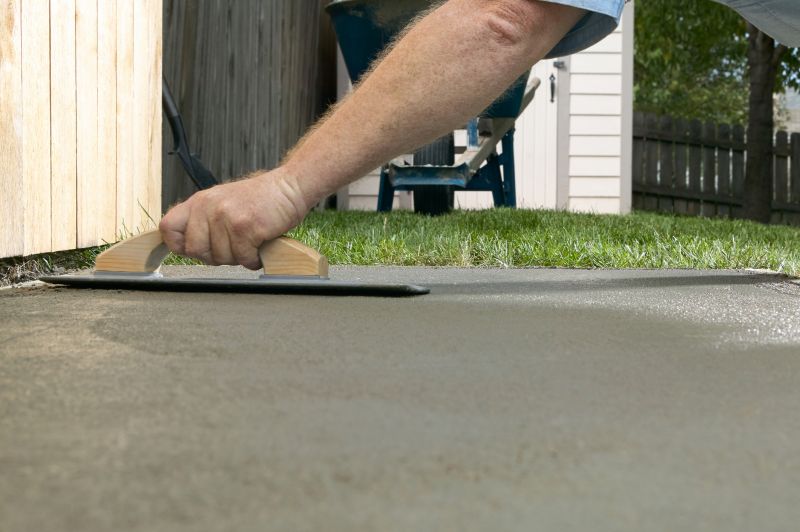
The short, realistic tool list for quality Concrete Installations.

Rough timing from prep to clean-up for Concrete Installations.

Quick checks and paperwork to keep after Concrete Installations.
For those considering concrete installation, timing plays a crucial role in the project's success. Consulting with professionals about seasonal conditions can help ensure that the project proceeds smoothly and results in a durable, long-lasting surface. Proper scheduling and preparation are key to achieving optimal results.
Interested in scheduling a concrete installation? Fill out the contact form to discuss options and timing suitable for your project.
